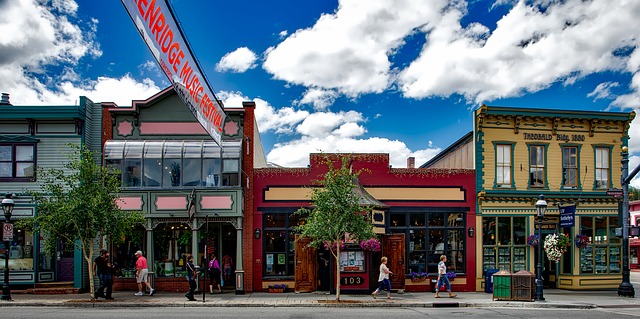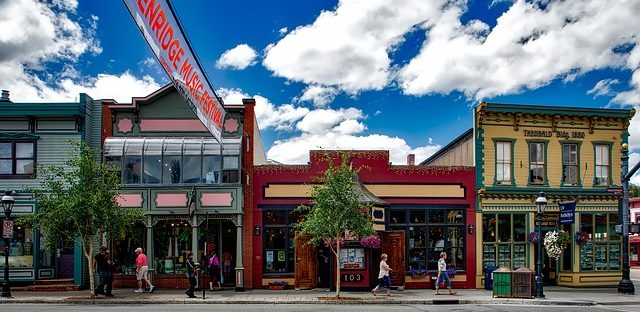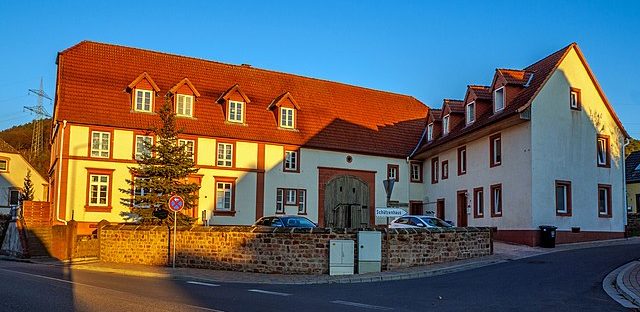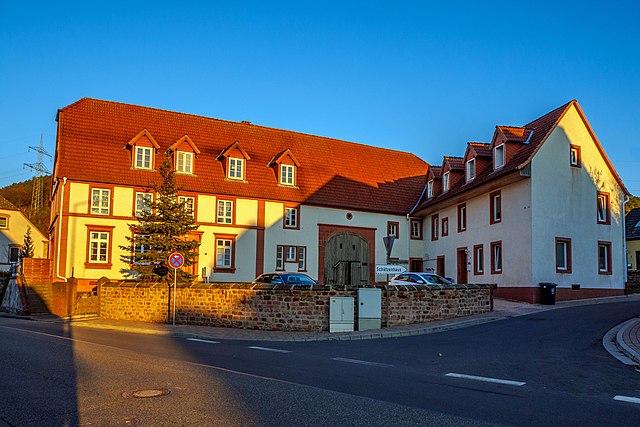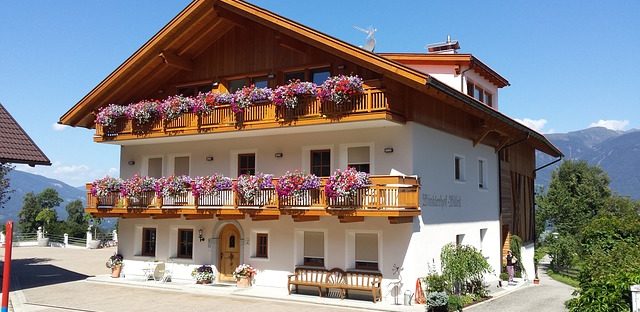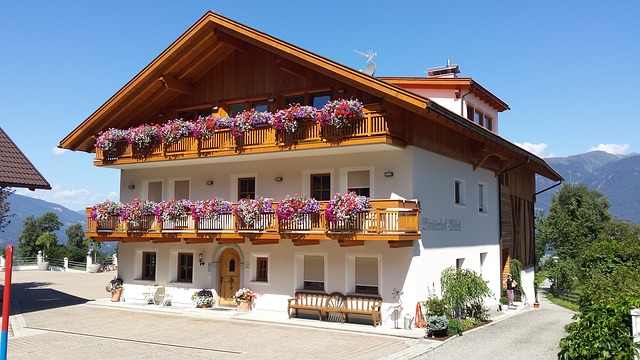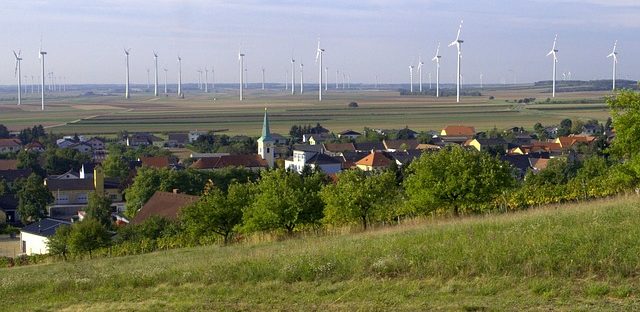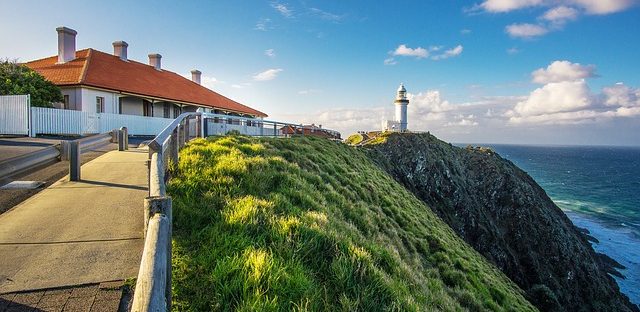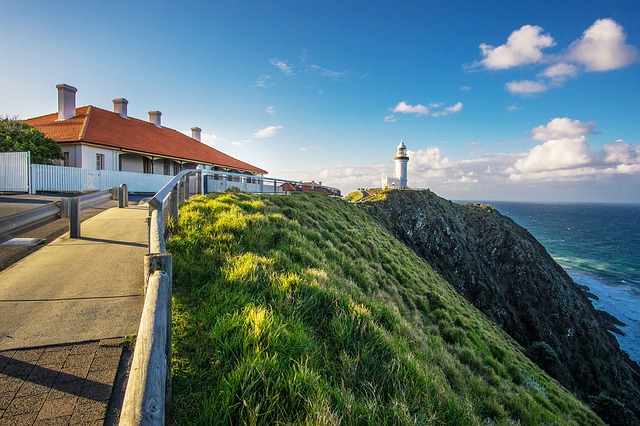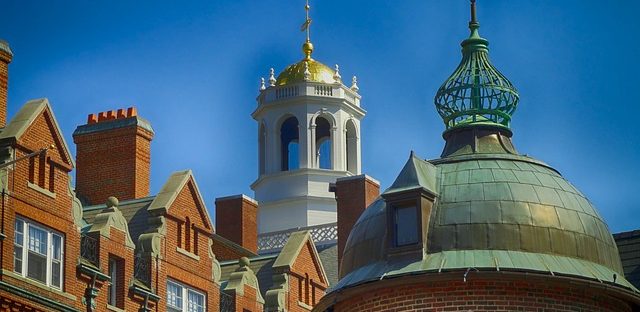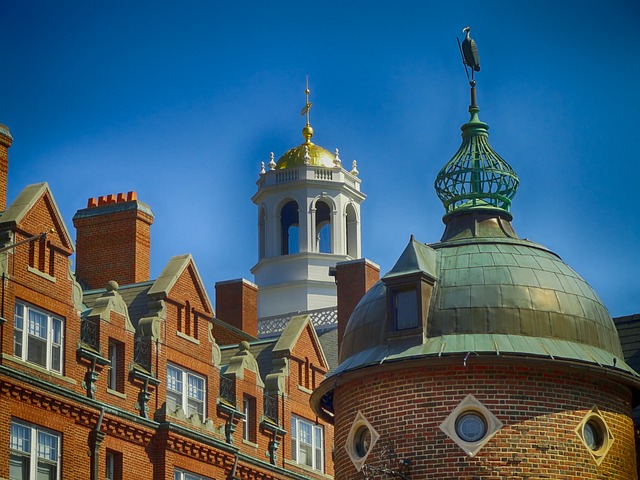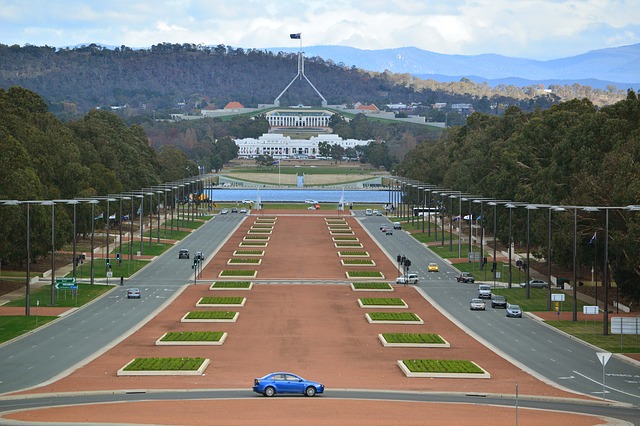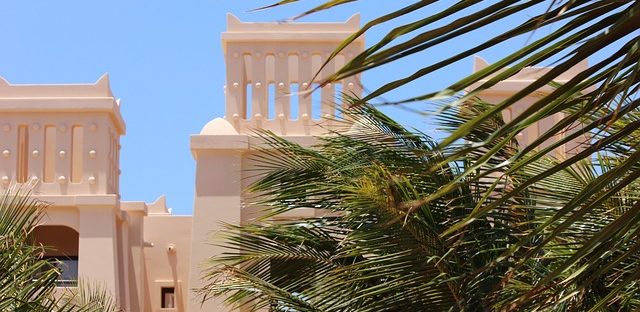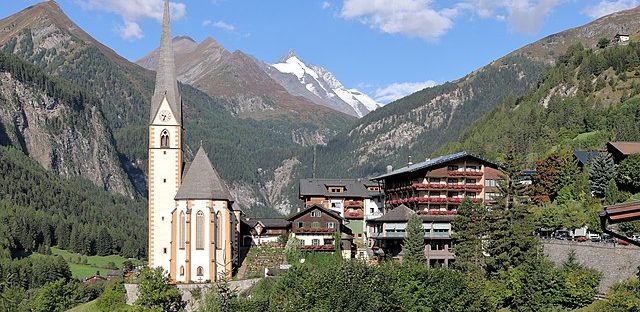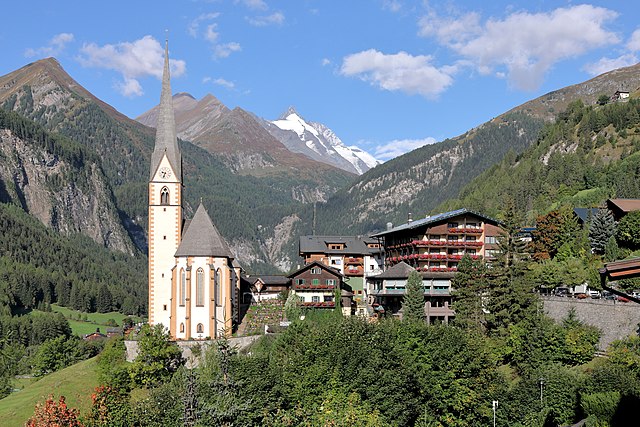Implementation: Cambridge is committed to 100% renewable energy community-wide including by 2035, with the goal of achieving net-zero greenhouse gas emissions by 2050. Local organisations have also lobbied lawmakers to transition to 100% renewable electricity by 2045.
The targets will require strong measures to accelerate the transition via changes to current standards. The targets are underscored by the proposed H.2836 bill, which was sponsored by state Rep. Marjorie Decker and state Rep. Sean Garballey. The bill was supported by Environment Massachusetts along with the state chapter of the Sierra Club, as well as 150 local officials and other groups from across the state. The transition to renewable energy also drew strong support from medical professionals and medical students, who argued that the continued use of fossil fuels will damage public health especially amongst the vulnerable.To achieve the 100% goal, Environment Massachusetts has released a report outlining a series of measures including increasing energy efficiency efforts and updating energy standards, improving public transportation and creating walkable communities to reduce car dependency, developing offshore wind projects, and increasing solar power generation. One vital aspect of the city’s environmental and climate goal is the reduction of building energy use given that they are responsible for over 80% of the city’s total emissions, more than transportation and waste combined. The city's Cambridge Energy Alliance program assists residents and small businesses to reduce energy consumption by encouraging energy efficiency measures and investing in renewable energy technologies. Companies can refer to the city's energy requirements for LEED building and net zero energy planning. Source:cambridgema.govThe environmental group 350 Mass and Act on Mass created an initiative to collect signatures that asked voters to direct their representatives to vote for 100% renewable energy legislation, and to require that committees to make their votes on the legislation public. The aim was to convince lawmakers that voters supported renewable energy and wanted to hold their representatives accountable for their votes on this topic.
The bill has yet to be passed due to the urgency of the coronavirus pandemic. But the topic of renewable energy and climate change have been kept in the forefront of recent discussions.
